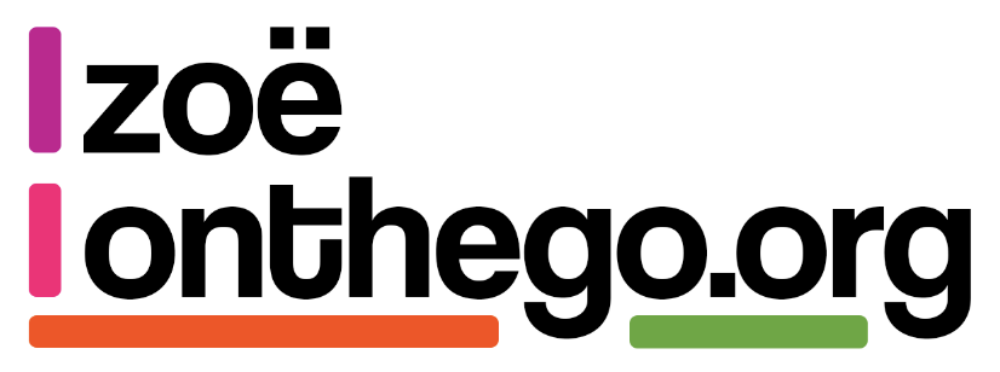Yesterday at GovCampNorth, there were multiple pitches all based on one common theme; how we can encourage and support collaboration and sharing across Government Departments.
The reason given behind increasing this collaboration was varied; from improving opportunities for re-use and the sharing of best practices; to the opportunity to tackle and solve societal problems that crossed Departmental scope.
So what is stopping this sharing and join up from happening?
Several years ago, when GDS; agile and the Government Service Standards were still new, there were multiple community managers; who were committed to encouraging the sharing of ideas and ways of working across teams and departments. They were responsible for ensuring that teams were sharing what they were doing; encouraging people to work in the open.
Sadly, as time has moved on, only one such full time community manager remains. As organisations have got more ‘mature’ in their agile delivery; the feeling seems to be that having full time community managers is no longer necessary. There are no longer people who have the responsibility for ensuring sharing happens across teams and departments; and it’s hard to identify who has the accountability for encouraging re-use etc.
When I was a GDS Transformation lead and a Lead Standards Assessor; one thing I’d always do when working with teams and Departments would be too look out for any teams working on similar products and services, and take the time to introduce them and encourage them to join up and share their ideas, best practices and lessons learnt. This only worked because at the time the community was relatively small, and it was easier to track which teams and departments were working on what. Now a days; there are so many teams working on things; and the pool of assessors is so vast; it’s very hard to know who is working on what, in order to spot opportunities for collaboration or sharing.
The UK is often is often considered one of the ‘front runners’ in terms of government digital transformation; but this isn’t because we’re necessary the best at it, but because we’ve also been the best at documenting and sharing what we’ve been doing, through our blogs, articles and talks.
Sadly the other difference teams face now, is the importance Senior Leaders place on the sharing of best practice and encouraging re-use. The fear of talking about failure, or risk, is still very high. As more pressure gets placed on departmental budgets, it’s become harder to make space to allow collaboration; cross-government communities have been defunded; it’s become harder to get approval to get cross-departmental initiatives signed off and delivered.
Currently, the collaboration and sharing of ideas and best practices is down to the passion and commitment of the people in our communities; dedicated and passionate people who go above and beyond to help people and teams join up. But this can only last so long, before these passionate people burn out and give up.
How do we get better at sharing?
There were multiple ideas discussed yesterday, from pushing for community managers and leads to be fully funded again; investing in Cross-Gov Directorates that give a named contact for all products/services; and content designers/ comms managers working with teams to help them distill their messages to make it more concise and findable.
One other idea that occurred to me yesterday is how we all use our personal training and development time; all good organisations; public and private; give their people time and budget for their own development. When we think about how we use that time and budget; we tend to focus on training courses; or attending talks or conferences that will help our personal development; but what if we could make better use of that time? Could we use that time and that funding to join up and collaborate on initiatives that could allow us to solve problems holistically?
We’ve gotten much better at shaping the products and services we deliver to ensure we’re solving problems for users holistically; considering the end to end value chain; but we’re still (for the most part) working within Departmental constraints.
There have been a few products and services that we have delivered; “Tell us Once” being a prime example of this; where we have delivered products and services across departmental boundaries. These kind of initiatives are prime examples of what we can achieve when we utilise a human centred approach to ‘system thinking‘.
Denmark, for example, has a highly devolved public sector; which had previously stymied innovation. As such they have recently embraced ‘system thinking’; in order to improve their approach to innovation; Introducing a new funding model as well as Innovation Hubs; that allow multilateral approaches to be funded, and support their development.
This new funding model, and the creation of their Innovation Hubs allows them to focus on bottom-up, citizen-focused innovation efforts paired with strategic direction and supports from the centre; they can ensure their efforts support both immediate needs and complex, long-term challenges. Creating both the physical and virtual time and space to being solving societal problems outside of the constraints caused by departmental budgetary silos.
So, have you any thoughts on how can we encourage and support cross government initiatives closer to home; to ensure we’re solving societal problems holistically and overcoming departmental boundaries?

In it together.

Leave a Reply